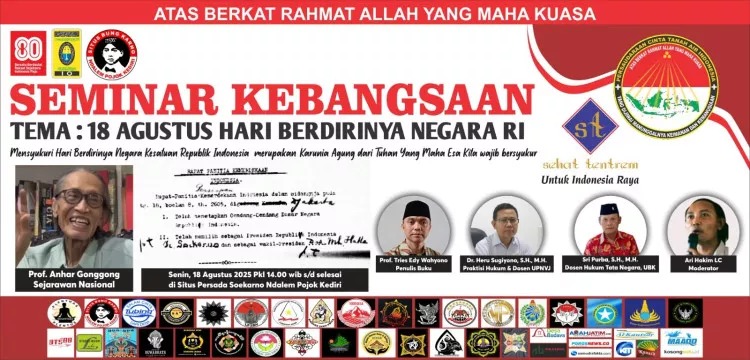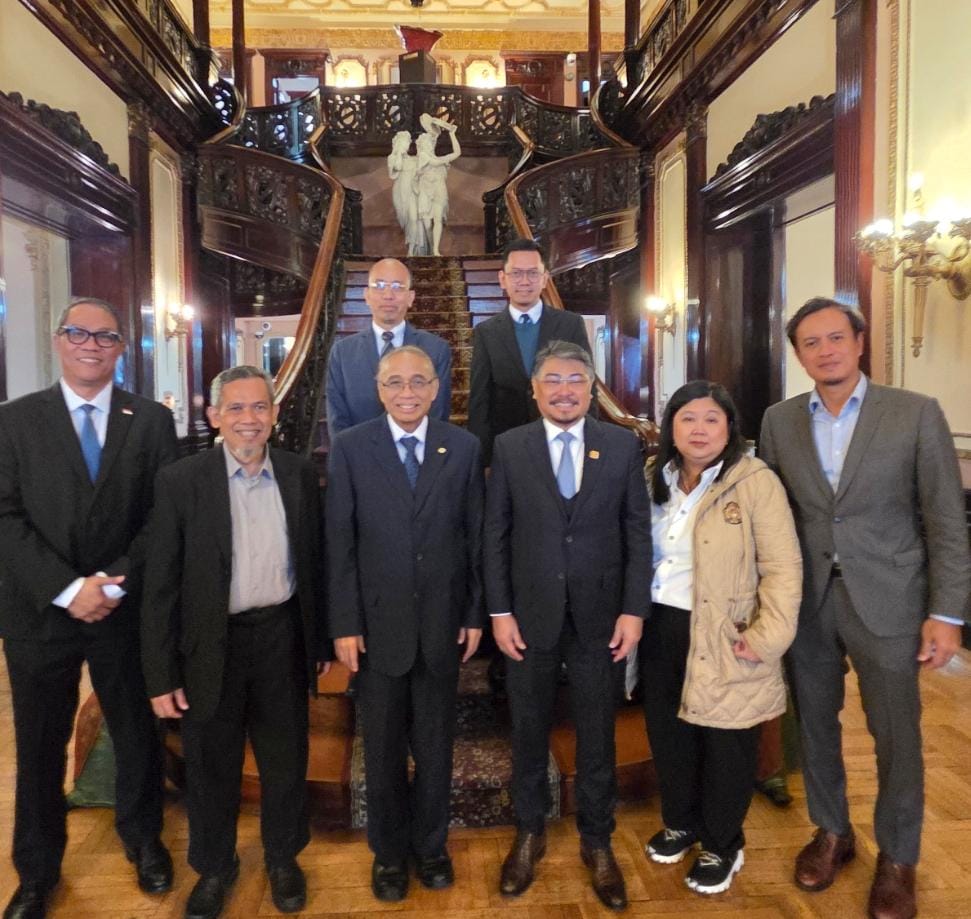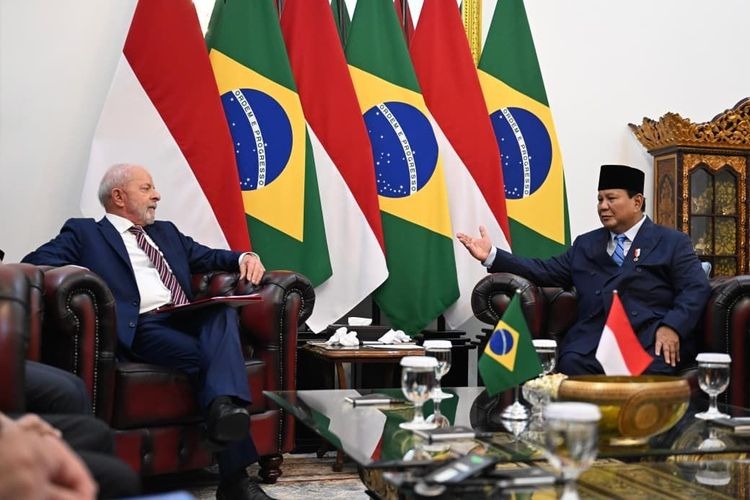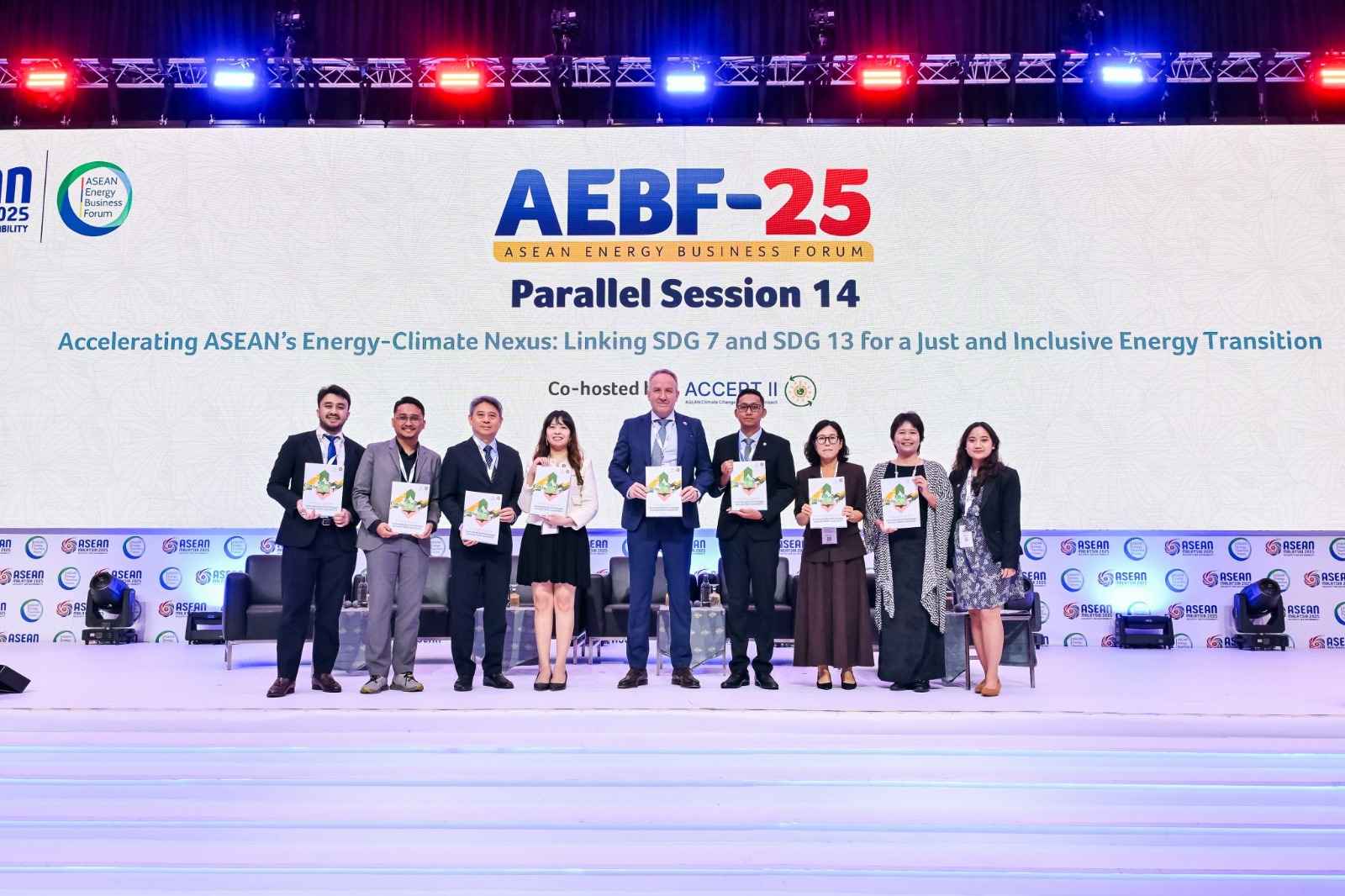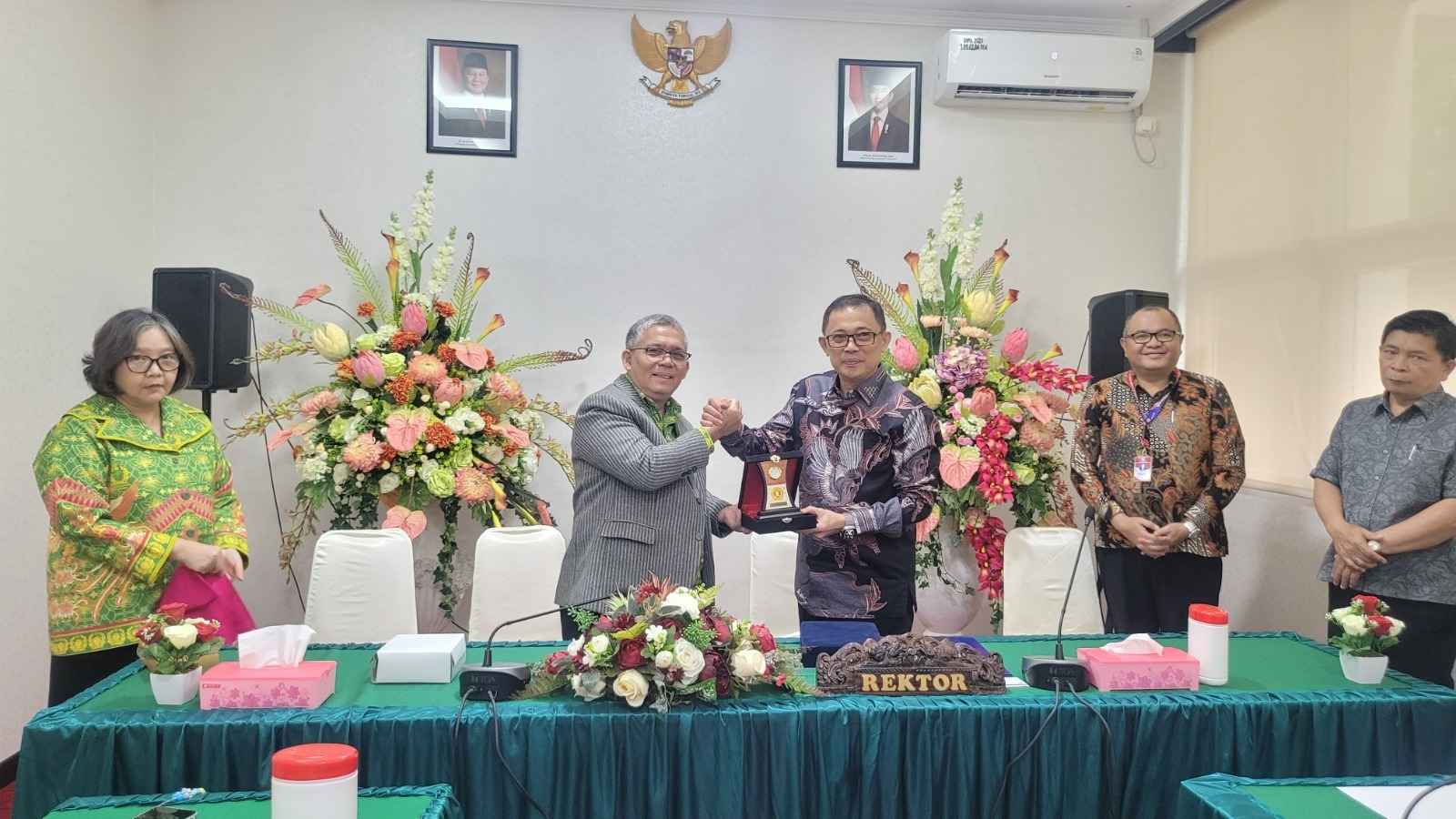Enviro News Asia, Kediri — Dr. Heru Sugiyono, S.H., M.H., a lecturer at the Faculty of Law, Universitas Pembangunan Nasional Veteran Jakarta (UPNVJ), was one of the speakers at the National Seminar held at the Persada Soekarno Site, Kediri, on Monday, August 18, 2025.
The seminar was part of a series of events titled “Ruwatan Negara: Welcoming Indonesia as the Lighthouse of World Peace.” The ruwatan served as an expression of gratitude for the establishment of the Unitary State of the Republic of Indonesia (NKRI) on August 18, 1945, one day after the Proclamation of Independence on August 17, 1945.
The seminar was opened by Brigadier General of Police Langgeng Purnomo, S.I.K., M.H., Head of the Career Development Bureau of the Human Resources Staff (Karobinkar SSDM) at the Indonesian National Police Headquarters.
The first speaker, national historian Prof. Anhar Gonggong, explained that a state is said to exist if three conditions are met: first, the presence of a constitution; second, the existence of state administrators, namely the president and vice president; and third, the establishment of defined territory after declaring independence.
“These three conditions were fulfilled on August 18, 1945, one day after the Proclamation of Independence of the Republic of Indonesia. That is why the state was formed on August 18, 1945,” said Anhar Gonggong.
The second speaker, Sri Purba, S.H., M.H., a Constitutional Law lecturer at Universitas Bung Karno, presented on the form of government established on August 18, 1945.
The third speaker, Dr. Heru Sugiyono, S.H., M.H., from the Faculty of Law, UPNVJ, emphasized that the Independence Day (HUT Kemerdekaan) commemorated every August 17 is indeed a sacred moment for the Indonesian people.
However, in practice, different interpretations in society may lead to historical and constitutional inaccuracies.
Many refer to it as the “Independence Day of the Republic of Indonesia”, whereas historically, the date marks Indonesia’s Proclamation of Independence from colonial rule, not yet the formation of the Indonesian state.
“The Republic of Indonesia as a state was only established when the 1945 Constitution was ratified by the Preparatory Committee for Indonesian Independence (PPKI) on August 18, 1945,” he explained. “That is when the state came into existence,” he added.
According to Heru Sugiyono, this seemingly minor misconception has significant implications, including obscuring the true meaning of the Proclamation as the culmination of the nation’s struggle, rather than the declaration of statehood.
Therefore, efforts are needed to clarify and reaffirm the official designation of Independence Day in line with historical facts and the spirit of the Constitution — including through legal mechanisms such as judicial review at the Constitutional Court.
Heru further noted that the Constitutional Court, in its ruling No. 66/PUU-XII/2024 dated January 3, 2025, on page 103, paragraph 3, had provided legal consideration stating that the editorial difference in referring to the “Proclamation of Independence” shows disharmony between Law No. 24/2009 and Law No. 9/2010.
The final speaker, Prof. Tries Edy Wahyono, author of the book “August 17, 1945: The Indonesian State Did NOT Yet Exist,” stated that the Proclamation of August 17, 1945, was a declaration of independence by the Indonesian nation under colonial rule.
At the time of the proclamation, the Unitary State of the Republic of Indonesia had not yet been established. He argued that the Republic of Indonesia came into being on August 18, 1945.
“The government of the Republic of Indonesia only came into existence after the form of the Republic was determined and the President and Vice President were appointed at the first PPKI session on August 18, 1945,” he said. (www.upnvj.ac.id)




